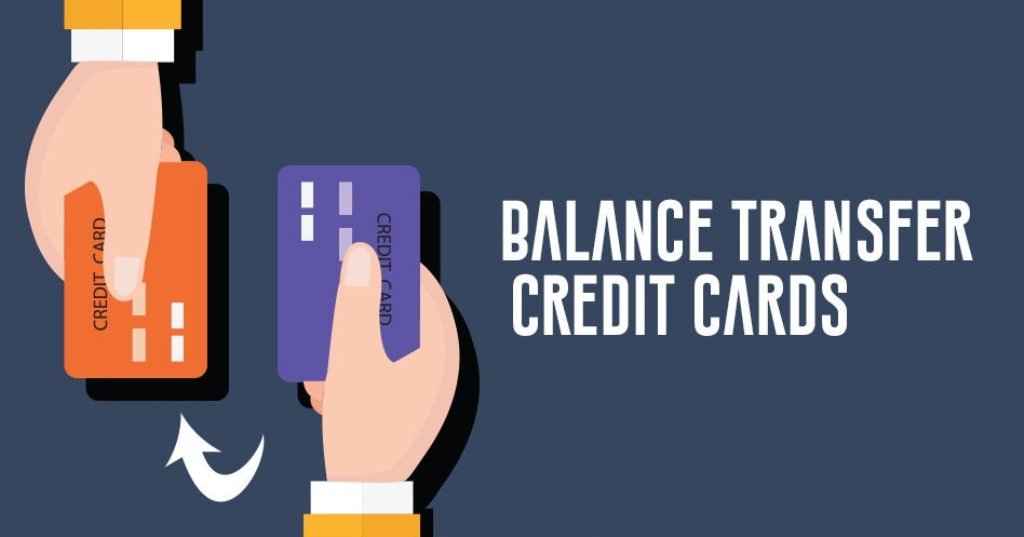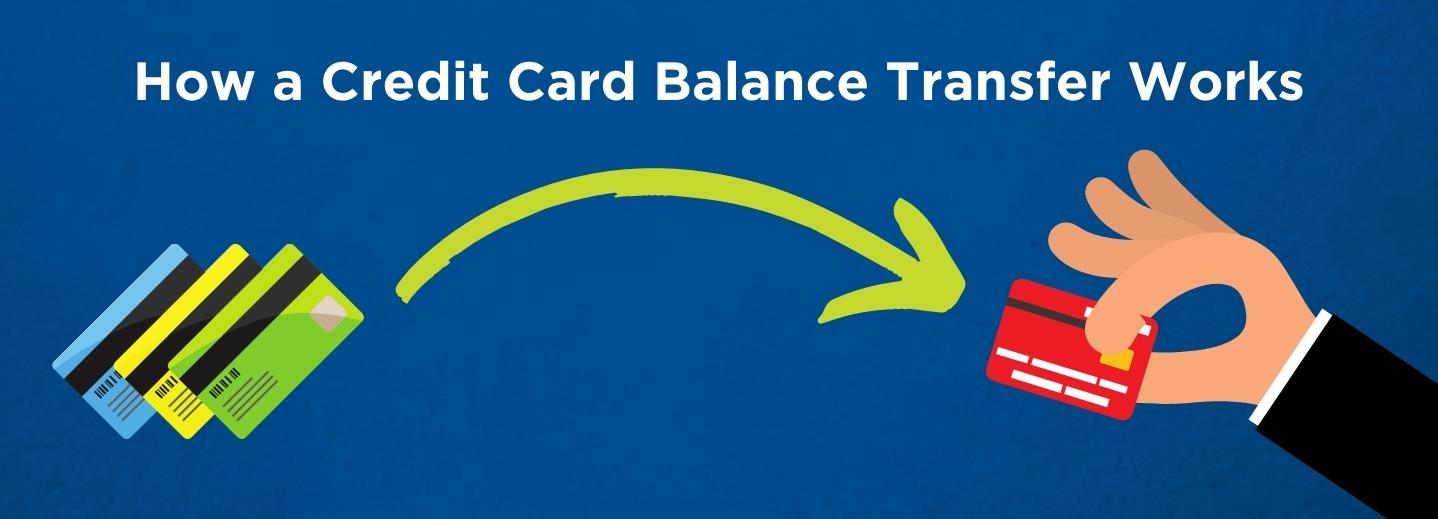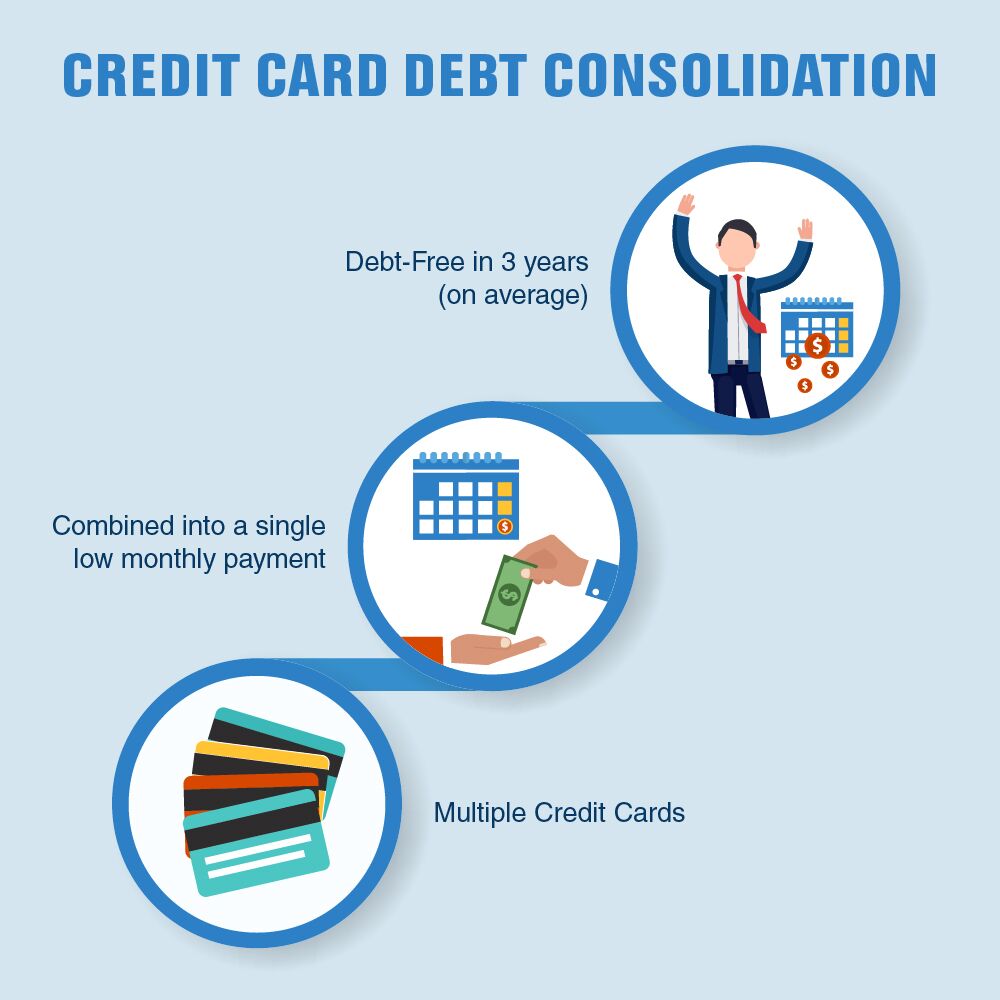Understanding the Benefits of Balance Transfer
Transferring a credit card balance can be a smart way to consolidate debt and save money on interest rates. When done correctly, balance transfer can simplify payments, reduce debt, and even improve credit scores. But what exactly is balance transfer, and how can it benefit individuals struggling with credit card debt?
Balance transfer involves moving an outstanding credit card balance to a new credit card with a lower interest rate, often 0% introductory APR. This can be an attractive option for those who want to pay off their debt faster and avoid accumulating more interest. By consolidating debt into one credit card with a lower interest rate, individuals can make a single monthly payment and focus on paying off the principal amount.
One of the primary benefits of balance transfer is the potential to save money on interest rates. When credit card debt is spread across multiple cards with high interest rates, it can be challenging to make progress on paying off the principal amount. By transferring the balance to a credit card with a lower interest rate, individuals can allocate more of their monthly payment towards the principal amount, reducing the overall debt faster.
Another advantage of balance transfer is the simplification of payments. When multiple credit cards are involved, it can be easy to miss payments or lose track of due dates. By consolidating debt into one credit card, individuals can make a single monthly payment and avoid late fees and penalties.
However, it’s essential to note that balance transfer is not a one-size-fits-all solution. To reap the benefits, individuals must understand how to transfer a credit card balance correctly and avoid common mistakes. This includes checking eligibility, choosing the right credit card, and initiating the transfer process. By doing so, individuals can take control of their credit card debt and make progress towards a debt-free future.
How to Transfer a Credit Card Balance: A Step-by-Step Guide
Transferring a credit card balance can be a straightforward process if done correctly. To help individuals navigate this process, we’ve outlined a step-by-step guide on how to transfer a credit card balance.
Step 1: Check Eligibility
Before initiating a balance transfer, it’s essential to check if you’re eligible for a new credit card. This includes reviewing your credit score, income, and debt-to-income ratio. A good credit score can increase your chances of approval for a credit card with favorable balance transfer terms.
Step 2: Choose a New Credit Card
With so many credit cards available, it’s crucial to choose one that offers 0% introductory APR and favorable balance transfer terms. Consider factors such as the length of the introductory period, balance transfer fees, and regular APR. Some popular credit cards for balance transfers include the Citi Simplicity Card and the Discover it Balance Transfer.
Step 3: Gather Required Information
To initiate a balance transfer, you’ll need to gather some information, including the account number and balance of the credit card you want to transfer, as well as the account number and credit limit of the new credit card. Make sure to have this information readily available to avoid any delays.
Step 4: Initiate the Transfer Process
Once you’ve gathered the required information, you can initiate the transfer process. This can usually be done online, by phone, or by mail. Be sure to follow the instructions carefully and provide all the necessary information to avoid any errors.
Step 5: Verify the Transfer
After initiating the transfer process, verify that the balance has been transferred successfully. This can take a few days to a week, depending on the credit card issuer. Once the transfer is complete, make sure to review your new credit card statement to ensure that the balance has been transferred correctly.
By following these steps, individuals can successfully transfer their credit card balance and start saving money on interest rates. Remember to always read the fine print and understand the terms and conditions of the new credit card before initiating a balance transfer.
What to Consider Before Transferring Your Credit Card Balance
Before transferring a credit card balance, it’s essential to consider several factors to ensure that you’re making the best decision for your financial situation. One of the most critical factors to consider is the balance transfer fee. This fee can range from 3% to 5% of the transferred amount and can add up quickly.
Another important factor to consider is the introductory APR period. While 0% introductory APRs can be attractive, it’s crucial to understand how long the introductory period lasts and what the regular APR will be after the introductory period ends. Some credit cards may offer longer introductory periods, but with higher regular APRs.
Credit score requirements are also a critical factor to consider. To qualify for a credit card with favorable balance transfer terms, you’ll typically need a good credit score. If you have a poor credit score, you may not qualify for the best credit cards, or you may be offered less favorable terms.
In addition to these factors, it’s also essential to consider the credit limit of the new credit card. If the credit limit is too low, you may not be able to transfer your entire balance, which can lead to multiple payments and higher interest rates.
Finally, it’s crucial to read the fine print and understand the terms and conditions of the new credit card. This includes understanding any fees associated with the credit card, such as annual fees, late fees, and foreign transaction fees.
By carefully considering these factors, you can make an informed decision about whether a balance transfer is right for you. Remember to always prioritize your financial goals and consider alternative debt consolidation options if a balance transfer is not the best choice for your situation.
When considering how to transfer a credit card balance, it’s essential to weigh the pros and cons of each option carefully. By doing so, you can make a decision that aligns with your financial goals and helps you achieve a debt-free future.
The Best Credit Cards for Balance Transfers
When it comes to transferring a credit card balance, choosing the right credit card can make all the difference. With so many credit cards available, it can be overwhelming to decide which one to choose. To help you make an informed decision, we’ve reviewed and compared some of the best credit cards for balance transfers.
One of the top credit cards for balance transfers is the Citi Simplicity Card. This card offers a 0% introductory APR for 21 months, making it an excellent choice for those who want to pay off their debt quickly. Additionally, the Citi Simplicity Card has no annual fee and no late fees, making it a great option for those who want to avoid extra charges.
Another excellent option is the Discover it Balance Transfer. This card offers a 0% introductory APR for 18 months and has no annual fee. Additionally, the Discover it Balance Transfer offers 5% cashback on various categories throughout the year, making it a great choice for those who want to earn rewards while paying off their debt.
Other notable credit cards for balance transfers include the Bank of America Cash Rewards credit card and the Capital One Quicksilver Cash Rewards credit card. Both of these cards offer 0% introductory APRs and have no annual fees, making them excellent choices for those who want to pay off their debt quickly.
When choosing a credit card for balance transfer, it’s essential to consider the introductory APR period, balance transfer fees, and regular APR. By doing so, you can make an informed decision and choose a credit card that aligns with your financial goals.
Remember, transferring a credit card balance can be a smart way to consolidate debt and save money on interest rates. By choosing the right credit card and following the steps outlined in this article, you can take control of your credit card debt and achieve a debt-free future.
How to Avoid Common Balance Transfer Mistakes
Transferring a credit card balance can be a smart way to consolidate debt and save money on interest rates. However, there are common mistakes that can be made during the process. By understanding these mistakes, you can avoid them and make the most of your balance transfer.
One of the most common mistakes is not reading the fine print. Before transferring a credit card balance, it’s essential to understand the terms and conditions of the new credit card. This includes understanding the introductory APR period, balance transfer fees, and regular APR. By not reading the fine print, you may end up with a credit card that doesn’t meet your needs or has hidden fees.
Another common mistake is not paying off the balance during the introductory period. Many credit cards offer 0% introductory APRs for a limited time, usually 6-18 months. If you don’t pay off the balance during this period, you’ll be charged interest on the remaining balance. By paying off the balance during the introductory period, you can avoid interest charges and save money.
Applying for multiple credit cards is another common mistake. When you apply for multiple credit cards, you may be tempted to transfer your balance to multiple cards. However, this can lead to multiple payments and higher interest rates. By applying for one credit card and transferring your balance to that card, you can simplify your payments and save money on interest rates.
Not considering alternative debt consolidation options is another mistake. While balance transfer can be a smart way to consolidate debt, it may not be the best option for everyone. By considering alternative debt consolidation options, such as personal loans or debt management plans, you can find the best solution for your financial situation.
Finally, not managing your finances effectively after a balance transfer is a common mistake. After transferring your balance, it’s essential to create a budget, pay off debt, and build credit. By not managing your finances effectively, you may end up with more debt and lower credit scores.
By avoiding these common mistakes, you can make the most of your balance transfer and achieve a debt-free future. Remember to always read the fine print, pay off the balance during the introductory period, and manage your finances effectively after a balance transfer.
Alternatives to Balance Transfer: Other Debt Consolidation Options
While balance transfer can be a smart way to consolidate credit card debt, it may not be the best option for everyone. Fortunately, there are alternative debt consolidation options available that can help individuals manage their debt and achieve financial stability.
One alternative to balance transfer is a personal loan. Personal loans can provide a lump sum of money that can be used to pay off credit card debt, and they often have lower interest rates than credit cards. Additionally, personal loans can offer more flexible repayment terms, making it easier to manage debt.
Another alternative to balance transfer is a debt management plan. Debt management plans are created with the help of a credit counselor and can provide a structured plan for paying off debt. These plans can also offer lower interest rates and fees, making it easier to manage debt.
Credit counseling services are also an alternative to balance transfer. Credit counseling services can provide individuals with personalized advice and guidance on managing their debt. These services can also offer debt management plans and other resources to help individuals achieve financial stability.
When considering alternative debt consolidation options, it’s essential to weigh the pros and cons of each option. For example, personal loans may offer lower interest rates, but they may also have stricter repayment terms. Debt management plans may offer more flexible repayment terms, but they may also have higher fees.
Ultimately, the best debt consolidation option will depend on an individual’s financial situation and goals. By considering alternative options and seeking professional advice, individuals can make an informed decision and take control of their credit card debt.
It’s also important to note that alternative debt consolidation options may be more suitable for individuals who have a large amount of debt, or those who are struggling to make payments. In these cases, balance transfer may not be the best option, and alternative debt consolidation options may provide more benefits.
Managing Your Finances After a Balance Transfer
After transferring a credit card balance, it’s essential to manage your finances effectively to ensure that you’re making the most of the balance transfer. One of the most critical steps is to create a budget that accounts for your new credit card payment. This will help you stay on track and avoid overspending.
Another crucial step is to pay off the debt as quickly as possible. Since you’ve transferred your balance to a new credit card with a 0% introductory APR, you’ll want to take advantage of this period to pay off as much of the principal balance as possible. Make sure to make timely payments and consider making extra payments to pay off the debt faster.
Building credit is also an essential aspect of managing your finances after a balance transfer. By making timely payments and keeping credit utilization low, you can improve your credit score over time. This will help you qualify for better credit cards and loans in the future.
Additionally, it’s essential to avoid new credit card purchases during the introductory period. This will help you avoid accumulating more debt and ensure that you’re making progress on paying off the transferred balance.
Finally, consider automating your payments to ensure that you never miss a payment. You can set up automatic payments through your credit card issuer’s website or mobile app, or through your bank’s online banking platform.
By following these steps, you can effectively manage your finances after a balance transfer and achieve a debt-free future. Remember to stay disciplined, make timely payments, and avoid new credit card purchases to get the most out of your balance transfer.
Conclusion: Taking Control of Your Credit Card Debt
Transferring a credit card balance can be a smart way to consolidate debt and save money on interest rates. By understanding the benefits of balance transfer, following the step-by-step guide, and avoiding common mistakes, individuals can take control of their credit card debt and achieve a debt-free future.
It’s essential to remember that balance transfer is just one tool for managing credit card debt. By developing healthy financial habits, such as creating a budget, paying off debt, and building credit, individuals can ensure long-term financial stability.
Additionally, exploring alternative debt consolidation options, such as personal loans, debt management plans, and credit counseling services, can provide individuals with more choices and flexibility when managing their debt.
By taking control of credit card debt and developing healthy financial habits, individuals can achieve financial freedom and peace of mind. Remember to always prioritize your financial goals and seek professional advice when needed.
Don’t let credit card debt hold you back any longer. Take the first step towards financial freedom by exploring balance transfer options and developing healthy financial habits. With the right tools and knowledge, you can achieve a debt-free future and start building a brighter financial future.






